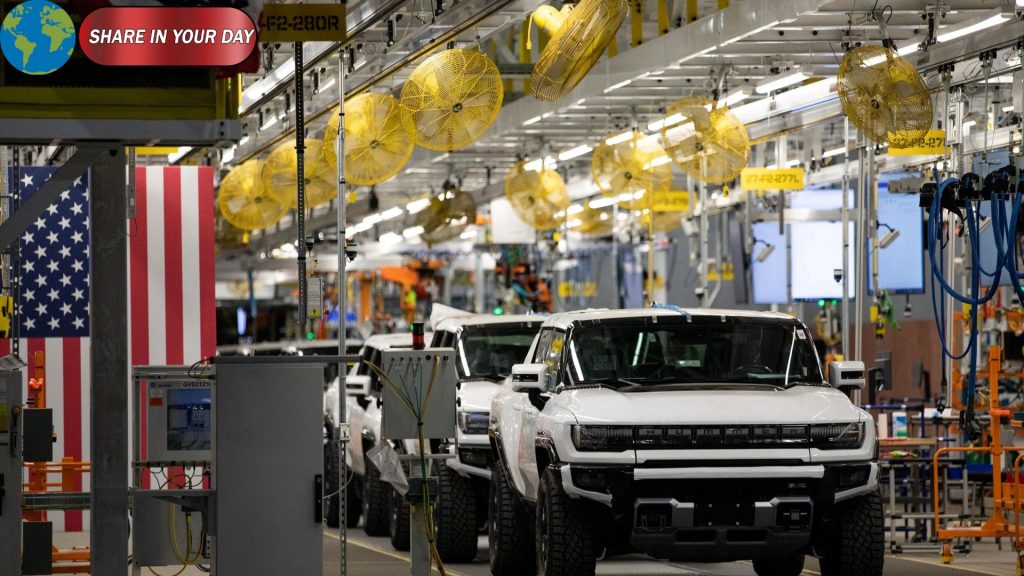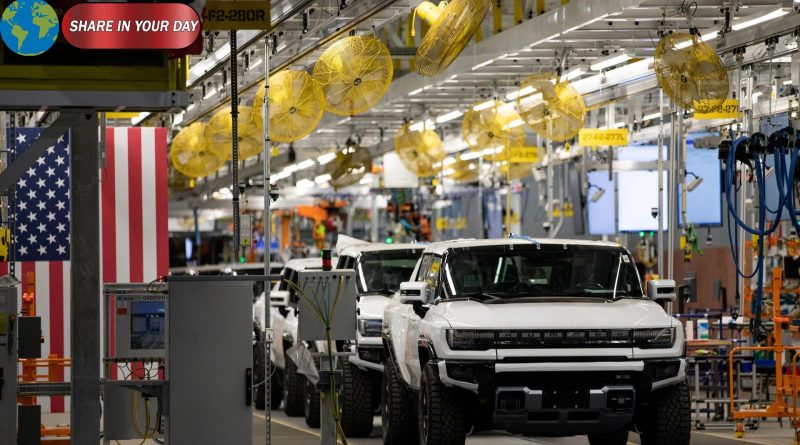GM Pulls Back on EV Ambitions Amid Slower U.S. Market
General Motors announced a $1.6 billion charge tied to scaling back its electric-vehicle (EV) plans — a move that signals a shift in confidence toward the U.S. EV market.
From Ambitious Goals to Course Correction
Just a few years ago, GM set bold EV targets, even projecting a full global phase-out of gas and diesel models by 2035. Around 2021, the automaker pledged to invest heavily — as much as $30 billion — into its electrification strategy.
But today, changing government policy and weaker-than-expected consumer uptake are forcing a recalibration.
Why the Pullback?
GM attributes much of its charge to recent shifts at the policy level:
- Cutting incentives for EV buyers: Federal tax credits in the U.S. meant to make EVs more affordable were eliminated, eroding one pillar of demand.
- Weaker regulatory pressure on emissions: Relaxation in emissions rules reduces the imperative for automakers to transition aggressively to electric.
- Soft customer demand: Even before policy changes, uptake of EVs in certain segments has been slower than many automakers forecasted.
Of the $1.6 billion, about $1.2 billion comes from adjustments to its EV production footprint; the remaining $400 million ties to canceled contracts and settlements from prior commitments.
Product Cuts & Strategic Adjustments
GM is trimming back on some of its EV model plans. The company said it would reduce output of the Chevrolet Bolt and scale down production of the Cadillac Lyriq and Vistiq.
It’s not alone in doing so — Ford, for instance, has already taken a $1.9 billion charge and intimated that the U.S. EV market “will be way smaller than we thought.”
Market Implications
GM’s move is a high-profile signal: even deep-pocketed incumbents are feeling pressure. There are several broader takeaways:
- EV momentum isn’t guaranteed: Growth depends heavily on subsidies, regulation, and consumer willingness to absorb higher costs.
- Capital discipline is rising: Automakers may become more cautious in how much they commit to EV R&D and infrastructure expansion.
- Competition matters: With China producing a large share of the world’s EVs, U.S. players may struggle to remain cost-competitive.
For now, GM says further charges remain “reasonably possible” as it continues to reassess its manufacturing footprint and investment strategy





